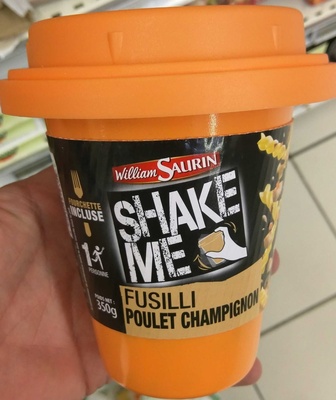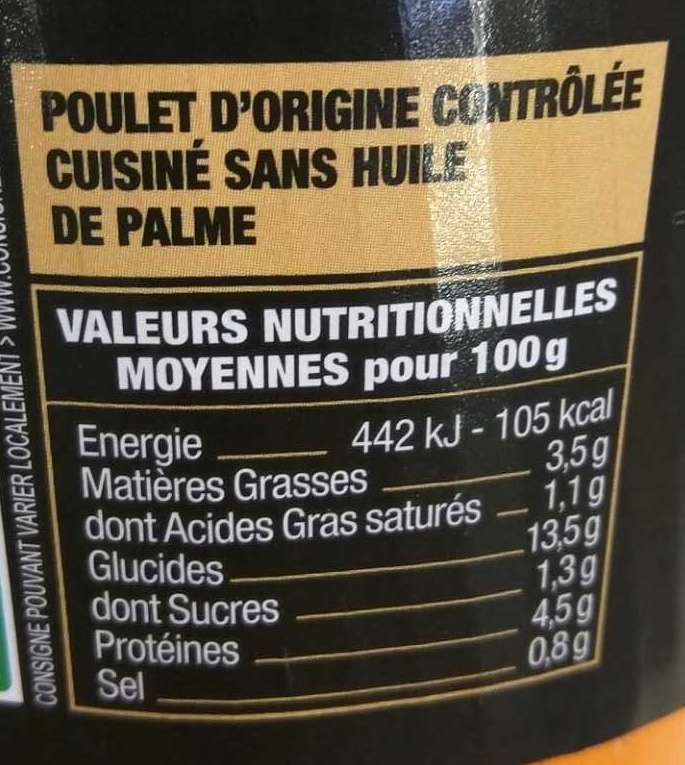Shake Me Fusilli Poulet Champignon - William Saurin - 350 g
Important note: this product is no longer sold. The data is kept for reference only. This product does not appear in regular searches and is not taken into account for statistics.
Barcode: 3261055935939 (EAN / EAN-13)
Common name: Pâtes en sauce avec poulet et champignons
Quantity: 350 g
Brands: William Saurin
Categories: Meals, Meat-based-products, Fresh foods, Meals with meat, Pasta dishes, Poultry meals, Fresh meals, Instant pasta, Meals with chicken, Microwave meals, Pots
Labels, certifications, awards: Palm-oil-free
Manufacturing or processing places: France
Traceability code: FR 12.202.001 CE - Rodez (Aveyron, France)
Stores: Carrefour
Countries where sold: France
Matching with your preferences
Environment
Packaging
Transportation
Report a problem
Data sources
Product added on by phoenix
Last edit of product page on by stephane.
Product page also edited by openfoodfacts-contributors.










